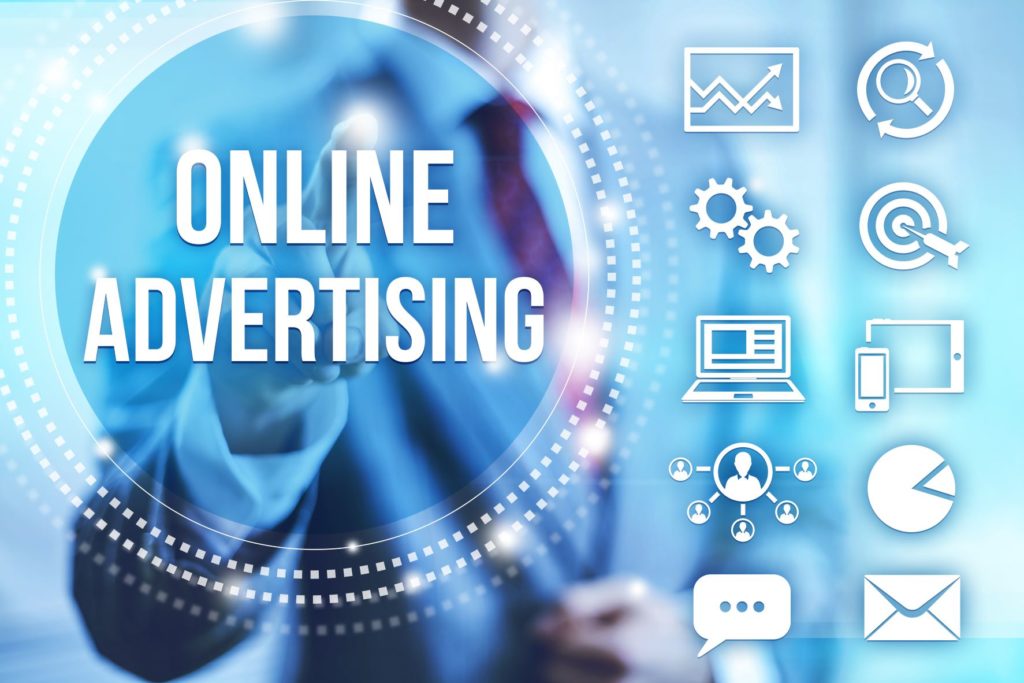
Between a pandemic and the world struggling to get back to “normal,” ads and commercials in 2021 have transformed through the year. While savvy marketers remained focused on the overall strategy and audience targeting, creatives needed to deliver a memorable ad experience with more prospective buyers consuming media faster than ever before.
From all industries ranging from healthcare to industrial, the global crisis shaped a new digital experience for consumers to stay connected and connect with brands across multiple platforms and media types. It’s even affected the advertising trends and budget spending on new channels, with 44% of marketers stating that they’ve completely changed their channel approach in 2021.
In this post, you’ll discover the top ads and commercials in 2021 to help you determine your future strategy. This past year brought new trends and debuted a fresh collection of campaigns to excite and convert consumers into customers. After all, 37% of brands have increased their TV ad spend since 2019, and it shows no signs of slowing down next year.
Ready to boost your creative strategy next year? Let’s dive in.
Key Takeaways
- The top 2021 ad trends included sustainability, representation, and user-generated content to drive results.
- Advertisers use various channels like out of home, TV, and print to engage with audiences.
- Campaigns that leverage authenticity and meaningful content often result in better performance.
The Biggest Ad and Commercial Trends to Watch
Developing ads and commercials isn’t a nice-to-have for healthcare businesses. With more people consuming video content and ad campaigns than ever before, it’s one of the best ways to build awareness and credibility with potential customers.
Before diving into the latest and most significant campaigns, it’s essential to understand how trends this year impacted the creative strategy and drove improved results. Here are the top trends brands took advantage of in 2021:
- Programmatic and AI advertising: Using real-time data, you can connect with hyper-targeted consumers across multiple channels based on their patterns and behaviors.
- Going green: Highlighting your environmental impact and sustainability practices show consumers that you care about the greater good.
- Mobile-first: Designing your campaigns for the 9:6 vertical ratio encourages more engagement on digital and social platforms.
- User-generated content: Leveraging your customers to create campaigns on platforms like TikTok and Instagram Reels allows you to better connect with your audience in a more authentic way.
- Authentic representation: Featuring campaigns that display a diverse spectrum better represents and amplifies your entire audience.
- New colors: Staying away from neutrals and embracing natural colors, like teal and orange, evoke more emotion.
Moving into 2022, the trends you will implement will vary depending on your services and target audience to drive high-performance results. Next year, some common trends you can expect to see include inclusive photography, data visualizations, branded memes, and colorful illustrations.
4 Top Ads and Commercials in 2021 for Your Brand to Leverage
Looking back at 2021, ads and commercials might remind you of all the twists and turns this year took. Brands unable to adapt to trends might have encountered new obstacles to building long-lasting relationships with customers. However, there wasn’t a shortage of creativity for brands willing to innovate and take a chance.
Here are the top 2021 campaigns to help inspire your future ads and commercials:
1. McDonald’s – “Lights On”
During the pandemic in the United Kingdom, McDonald’s closed its doors before offering the beloved Big Macs and Sausage McMuffins through at-home delivery. Once the company established online ordering, they introduced the three posters in popular geographic locations that show the “M” arch over common residential areas.
While the design is relatively simple, the powerful message of being available for customers in the comfort of their own homes was fitting for the time.
Takeaway lesson: When evoking an emotional response, a minimalist design allows your audience to focus more on the message.
2. Relief – “A Better Way to Get Out of Debt”
When Netflix released the hit “Squid Games” series, many brands attempted to leverage the sudden popularity but often failed due to the nature of the game-show murder context. However, Relief took an interesting view of the series by printing out cards that say, “There’s a better way to get out of debt.”
By Relief handing these cards out in key geographic regions like Miami and New York, the company quickly resonated with fans of the TV show and drove more app downloads.
Takeaway lesson: Leverage culturally relevant events to highlight your products and services, but make sure it’s meaningful to avoid trying to jump on the bandwagon without reason.
3. Amazon – “Alexa’s Body”
Since most people recognize the “Alexa” voice, Amazon explored the idea of Alexa having the body of this year’s hottest celebrity actor, Michael B. Jordan. With voice assistants rising in popularity and Alexa earning 26.7% market share, Amazon displayed this ad in the 2021 Super Bowl by testing the creative limits of the family-friendly event.
What makes this commercial particularly successful is not only highlighting a successful product, but also co-promoting Jordan’s upcoming Amazon Prime movie, “No Remorse.” While the focus was Alexa, Amazon successfully promoted two products and delivered even more impact to viewers.
Takeaway lesson: Utilize your ad campaigns to highlight a mix of products and services relevant to your target audience.
4. Heinz – “Draw Ketchup”
Regardless of your industry, brands that define the category so much that consumers can only think about them are the ultimate flex. This proves true with Heinz’s commercial, which challenged people worldwide to “draw ketchup.” The result? Everyone drew the Heinz bottle.
Not only does this commercial highlight Heinz’s global impact, but it also showcases the brand in a transparent light through user-generated content. Heinz also utilized multiple ad cuts across digital channels and created a contest for consumers to win a customized bottle of ketchup to keep the campaign interactive.
Takeaway lesson: Don’t be afraid to be more playful with your ad campaigns to pique interest.
Boosting Brand Storytelling with Ads and Commercials in Healthcare
If you’re ready to create a new ad campaign or commercial in 2022, you’ll want to learn the lessons of past advertisements to make the most out of your resources and budget. Depending on your goals—brand awareness, lead generation, etc.—your campaign will need to evoke emotion, leverage current trends, and utilize user-generated content to drive results.
Share Moving Media is a leading publishing and content production company that proudly partners with manufacturers and distributors in the medical field. We would love to help you grow your audience, crush the competition, and win new customers for your business. Contact us today to learn more.



